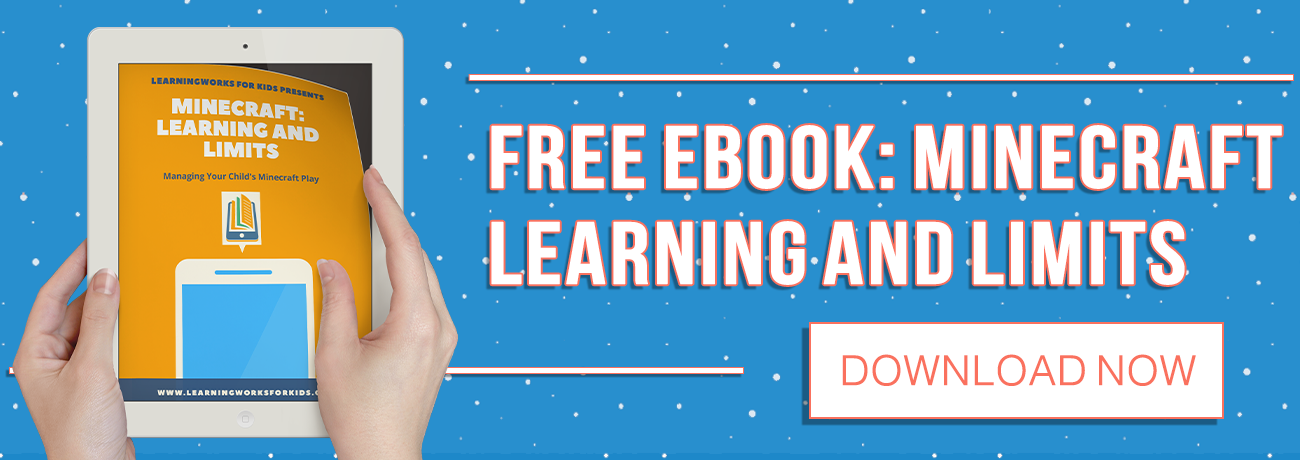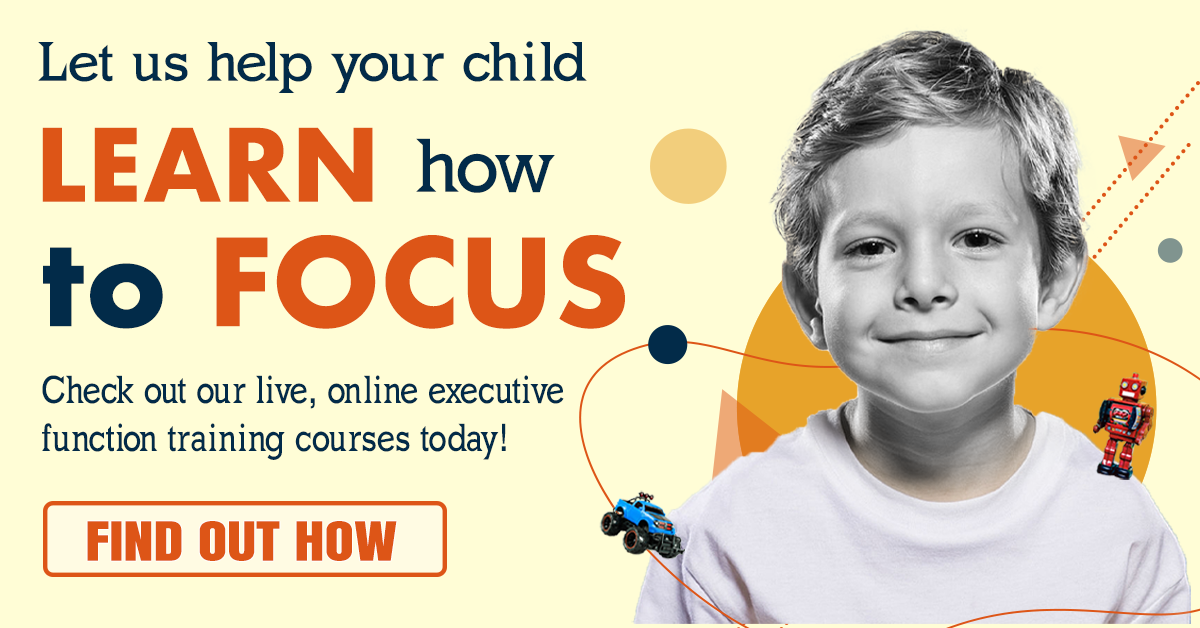Kids with learning disabilities have often been forgotten in the effort to improve remote learning. I have conducted dozens of interviews with these kids and their families and the stories couldn’t be more different. For some kids with learning disabilities remote learning has been a wonderful experience. Their resource teachers are able to give them far more one on one experiences online, they are spared the embarrassment of being removed from their classrooms, and their parents are more readily able to coordinate efforts with their teachers. Conversely, other kids with learning disabilities report being neglected in remote learning. They may not be getting the support mandated in their IEPs, the type of work they are doing online does not address their specific needs, and they don’t have anyone at home to help them to stay organized, maintain their effort, and to maximize what they might learn remotely. Some of these kids don’t have the individualized assistance to learn how to learn that they typically get in the brick and mortar classroom.
Kids with learning disabilities often need help in understanding their methods for learning. Almost by definition, kids with learning disabilities need to work harder than their peers. They benefit from teachers who help them discover what works best for them and who encourage their effort, persistence, and flexible thinking. Experts such as Ulrich Boser in his book Learn Better describe how teachers who can recognize the strengths of alternative learners make the difference for many kids with learning disabilities. Remote learning and the one on one online experience that the fortunate kids with learning disabilities are receiving may be a great benefit for them.
Remote learning also affords these kids and parents some alternative methods for Acquiring the learning skills that may also help them to discover their own methods for learning and the persistence necessary to practice these skills. Two skills in particular–tolerating frustration and flexibility–are core skills for kids with learning disabilities. Because remote online learning allows parents to be more involved with learning and resource teachers to have a bit more independence, video games can be used to supplement teaching. Some of the games and apps mentioned below are quasi learning games, fun but using academic skills. There is also a good reason to believe that popular games and apps, those that kids play for fun, also have their place in helping a child with learning disabilities. While not necessarily designed to improve a specific academic skill, such as reading or math, some games require basic reading or the use of math problem-solving skills to be successful. Other popular games require the use of “soft skills” that promote persistence, a growth mindset, and flexibility. Here are four video games and apps that can help a child with learning disabilities to develop skills that will help them to learn.
Games for learning to tolerate frustration. Many children with learning disabilities experience frustration in learning as well as memorizing new materials, and require repeated practice and persistence in order to develop a particular academic skill. These children have difficulty not only with regulating their behavior, but also with regulating their emotions. Video games, by their very nature, can be a frustrating experience, so playing video games like Mariokart Tour and Two Dots can help children practice dealing with frustration without severe displays of frustration. In addition, you can help your child see how their persistence to overcoming obstacles and handling frustration leads to success in video games and can also be used in day-to-day activities.
 Mariokart Tour is a racing game where students become a Nintendo character and race around a track against other characters. This game exposes students to the potential for frustration because of its competitive nature. Students are able to try again, however, and can try various strategies to come in first place. This allows the student to experience frustration but also how to overcome it using tools and strategies at hand.
Mariokart Tour is a racing game where students become a Nintendo character and race around a track against other characters. This game exposes students to the potential for frustration because of its competitive nature. Students are able to try again, however, and can try various strategies to come in first place. This allows the student to experience frustration but also how to overcome it using tools and strategies at hand.
 Two Dots is a fun and challenging puzzle game where you are trying to clear levels by matching dots of the same color together while only being able to move horizontally or vertically. Levels start out fairly simple and increase in complexity as the numbers and colors of dots needed to move on increases in complexity. As the levels increase, the possibility of failure increases. Students can work through this by starting over and trying different combinations of dots and planning their moves out ahead of time.
Two Dots is a fun and challenging puzzle game where you are trying to clear levels by matching dots of the same color together while only being able to move horizontally or vertically. Levels start out fairly simple and increase in complexity as the numbers and colors of dots needed to move on increases in complexity. As the levels increase, the possibility of failure increases. Students can work through this by starting over and trying different combinations of dots and planning their moves out ahead of time.
Games for learning to become more flexible. Many kids (and adults) with learning disabilities become highly successful entrepreneurs and professionals because they tend to think differently and find innovative ways to solve problems. Often this creative spirit derives from their learning struggles, where traditional ways of thinking are not successful for them. Encouraging more flexibility and outside of the box thinking is a powerful tool for these kids. In the classroom, it’s easy to make a mistake and feel discouraged. However, in video games, learning from one’s mistakes and being flexible as demands change is built into the learning process. Games where flexibility is valued include: Word Cookies and Good Pizza, Great Pizza.
In the word-creation game Word Cookies, students are trying to use a jumbled group of letters to create “word cookies.” Because the amount of letters and the word requirements increase in number and complexity, students need to be flexible and change their strategy along with the game as the levels become more challenging.
In the game Good Pizza Great Pizza, students play a business owner who has just opened a new pizzeria. Customers come in with orders of varying complexity and students can work on becoming flexible and adapting to each new and unique order.






